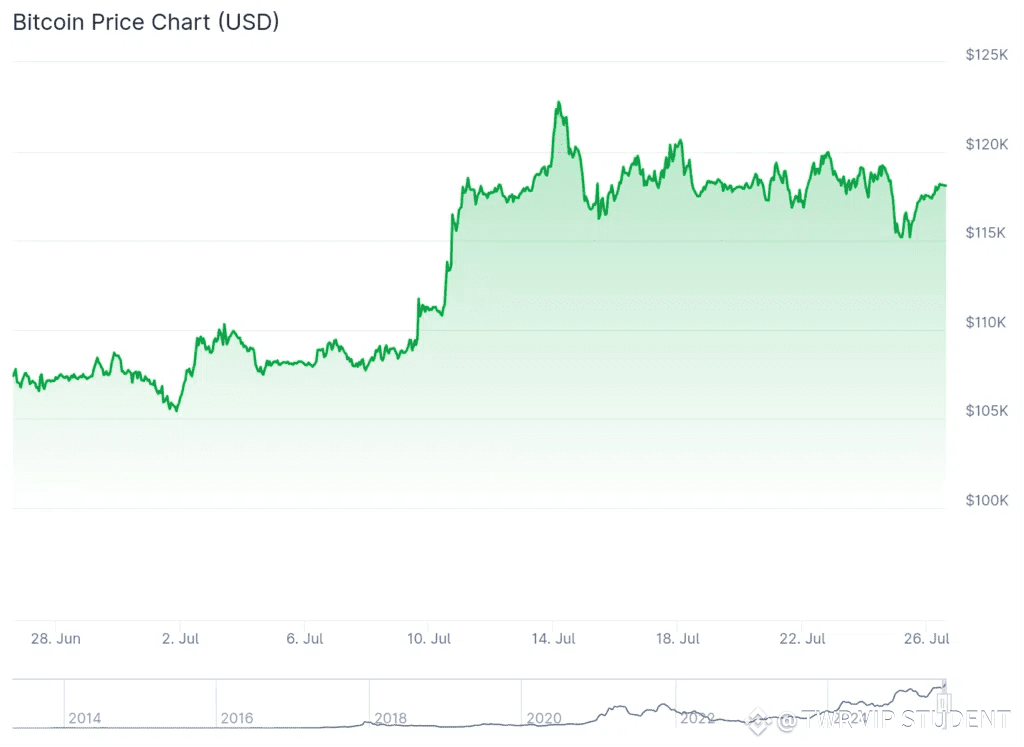
Its 2025 survey of reserve managers found that 95% expect global official gold holdings to rise further in the coming year.
Nearly half of the respondents plan to increase their own gold reserves, while over 70% anticipate reducing U.S. dollar exposure within five years in favor of gold, the euro, and China’s renminbi.
Emerging markets remain active in this transition. Countries such as Azerbaijan, China, and Iran have been among the most consistent buyers, often driven by the need to protect their reserves from sanctions or currency-related volatility.
In April, gold prices peaked at nearly $3,500 per troy ounce. Metals Focus estimates place the value of official gold purchases this year at approximately $80 billion, with further growth possible in 2026 depending on geopolitical and monetary conditions.
China’s central bank has played a major role in this accumulation. $WCT
$WCT Its reported gold reserves rose from about 2,000 metric tons in late 2022 to 2,299 metric tons by mid-2025.
Some analysts believe that China’s actual figure could be higher, based on import activity and off-balance-sheet storage.
The current trend marks a sharp reversal from the era of net selling that began in the late 1990s. Since 2023, central banks have accounted for nearly 25% of total global gold demand, acquiring bullion at a rate more than five times that of ETF inflows.
Over the past five years, one out of every eight ounces of newly mined gold has been absorbed directly into sovereign vaults.
Bitcoin sparks interest in policy circles
The reserve conversation is expanding beyond physical metals and fiat currencies. While full-scale adoption remains unlikely in the near term, Bitcoin has begun to appear in official-level discussions.
In January 2025, the Czech National Bank became the first major Western monetary authority to initiate a formal internal review on Bitcoin’s potential as part of its reserves. The governor suggested that up to 5% of the bank’s €140 billion portfolio might be considered.
In Switzerland, citizen-led campaigns have urged the Swiss National Bank to consider a modest Bitcoin allocation of 1 to 2% of its holdings.
Despite its growing visibility in policy circles, actual adoption among central banks remains extremely limited.
A 2025 survey by Central Banking Publications, covering over 91 central banks managing $7 trillion in reserves, found that none held Bitcoin. Only 2% expressed any intent to invest in crypto assets within the next five to ten years, down sharply from nearly 16% the year before.
A separate assessment by OMFIF’s Global Public Investor 2025 report echoed these findings, with 93% of central banks stating they had no plans to include digital assets in their portfolios.
The reluctance stems from Bitcoin’s high price volatility, uncertain liquidity under stress, and unresolved challenges in custody and cybersecurity.
Many central banks also face structural limitations, including legal barriers and conservative investment frameworks that favor assets with long histories, stable returns, and mature oversight mechanisms.
Bitcoin, though over a decade old, still falls short of those standards in the view of most public institutions.
Even as central banks remain hesitant, some governments and sub-sovereign entities have begun taking measured steps.
In March 2025, the U.S. government formalized a Strategic Bitcoin Reserve, placing approximately 200,000 seized Bitcoins into a Treasury-managed, non-trading account.
Future additions are required to be budget-neutral, turning the reserve into a passive store of previously acquired assets.
Texas followed with legislation allocating $10 million to its own Bitcoin reserve, positioning it as a long-term hedge. Pakistan also announced plans to establish a sovereign Bitcoin reserve under its finance ministry.
Among the more advanced examples, El Salvador now holds over 6,000 BTC, although usage has declined amid loan negotiations with the IMF.
Bhutan’s reserve reportedly represents nearly 28% of its GDP, showing how smaller nations with favorable energy conditions can use Bitcoin as a strategic asset in unconventional ways.
Bitcoin price and growing legitimacy
Bitcoin’s sharp climb in 2025 has brought renewed attention to its role in the shifting global reserve discussions.
On Jul 14, it crossed $123,000, marking a gain of roughly 75% since late 2024. This rise has been fueled by over $50 billion in institutional inflows, led by BlackRock’s iShares Bitcoin Trust, which now manages more than $80 billion in assets.
Interestingly, BTC ETF’s growth has outpaced the early performance of major gold ETFs, revealing how quickly Bitcoin has moved into the mainstream of institutional allocation.
As of Jul 26, Bitcoin trades around $118,000, up 10% from a month ago.

In parallel, regulatory clarity has made meaningful progress. The U.S. has passed the CLARITY Act and the GENIUS Act, both of which define digital assets under federal law and provide clearer guidance for market participants.
Alongside these legislative moves, federal resistance to launching a central bank digital currency has reinforced Bitcoin’s distinct position as a decentralized alternative rather than a state-backed monetary instrument.
Moreover, according to VanEck, Bitcoin’
volatility relative to equities has declined, supporting its case as a maturing asset with potential use as a store of value.
As central banks reevaluate their reserve strategies, they are not only diversifying into gold and foreign currencies but also closely monitoring the maturation of digital assets in terms of structure and function.
Bitcoin remains largely speculative in the context of sovereign reserves. Still, its growing institutional footprint and increasing regulatory clarity suggest that it may be laying the foundation for future consideration.
Read more:Ankr’s Asphere launches new Solana blockchain service for enterprise clients
btc1.02%Bitcoin
Read more about
Bitcoincentral bankDonald TrumpGold
Ethereum on the move: Record exit queue raises eyebrows, not alarm bells

By Alexey Borovets
Jul 26, 2025 at 11:00 AM PDT
Edited by Anna AkopianFeature

Share
While Ethereum is gaining momentum with huge investors injecting it with dollars and ambitious Ethereum treasury companies starting to pop up, the Ethereum exit queue began to grow quickly after July 16. It doubled between July 23 and July 24, exceeding 680,000 ETH by the evening. This sum is equivalent to $2.5 billion. What does it signal? If people prefer to sell their ETH holdings rather than stake them, does it mean the price will go down soon?
Summary
$2.5 billion worth of Ether will be unstaked in around 11 days. It is the biggest exit queue in Ethereum’s history
The entry queue is way smaller than the exit one, but still, it is the biggest since April 2024
Spike in Ethereum unstaking may be explained by various reasons, including locking in profit and redefining staking and investing models, and is not an outright bearish signal, considering growing institutional and corporate demand for ETH
Excessive Ethereum exit queue
If the owners of the stake ETH coins want to use them otherwise (for instance, to sell them), they need to unstake them. To do so, they need to wait for a while in the queue that is called an “exit queue.” Those wishing to stake their ETH coins are waiting in line, respectively. These queues ensure the seamless operation of the network. The waiting time may vary depending on the number of validators in the queue. It rarely lasts for several days.
As of July 24, the waiting time has reached nearly 12 days. Before July 16, it